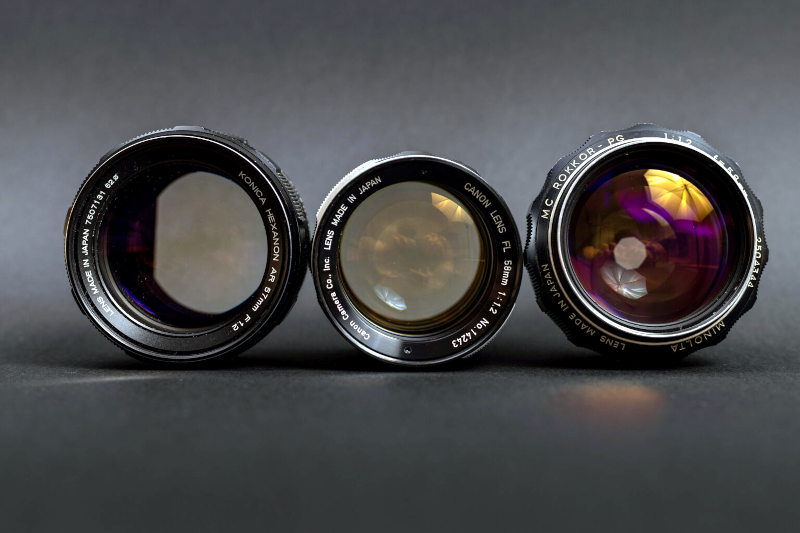Everything You Always Wanted to Know about Radioactive Lenses

We think of radioactive material as something buried away in bunkers with bombs, power plants, and maybe some exotic medical equipment. But turns out, there are little bits of radiation in the water, our soil, bananas, granite countertops, smoke detectors, and even some camera lenses. Camera lenses? A few decades ago, camera companies added rare elements like thorium to their glass to change the optical properties in desirable ways. The downside? Well, it made the lenses somewhat radioactive. A post by [lenslegend] explains it all.
Exotic elements such as Thorium, Lanthanum and Zirconium are added to glass mixtures to create the high refractive indexes necessary in sophisticated lens designs. Selection of premium quantities of glass from the large glass pots, stringent spectrophotometric tests after stress and strain checks provide the valuable raw glass for ultimate use in lens elements.
—Konica Hexanon Lens Guide, Konica Camera Company, 1972
According to [lenslegend] the practice started in 1945 with Kodak. However, by the 1980s, consumer distaste for radioactive things and concern for factory workers ended the production of hot camera lenses.
Thorium is the most abundant radioactive material on Earth, but it eventually turns into lead. The half life, however, is just over 14 billion years, so your lenses probably won’t turn to lead in the closet.
While thorium only releases alpha particles, in doing so, it becomes radium which will then, eventually, release a beta particle and becomes a different isotope of thorium which later decays to several other elements until it becomes lead. When beta radiation slows down it can produce X-rays or gamma rays.
The saving grace, according to [lenslegend], is the amount of material is small and so is the radiation. However, apparently inhaling or ingesting radioactive glass dust can be a problem. Alpha particles can’t go very far through your skin. But once inside your body, they can be hazardous. This is also why radioactive glass shouldn’t be used in eyepieces.
So if you are wanting to take apart vintage lenses, you might want to be aware of this. A Geiger counter will tell you if your lens is hot. However, if you don’t have one, you can look for yellowed glass. Radioactive decay could also cause hot spots on digital cameras.
In the consumer market, it doesn’t look like radioactive lenses are still a thing. However, there are some military lenses and it is conceivable that in military or industrial surplus you might find radioactive glass.
Glass may have been the world’s first engineered material, but it is still very useful. Even today, there are new techniques for creating with glass being developed.
Post a Comment